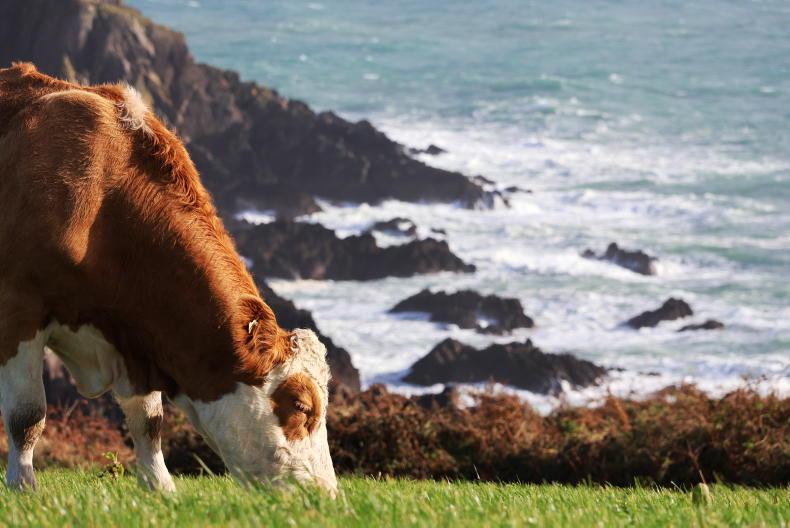A bit of respite from the rain came last week, and with it, the odd sight of leaving a few stock out in November. It’s strange to be saying this, but after seven weeks, a small number of cows are out at each of the two yards.
A handful of older cows who know the ropes and don’t get too excited were left out at home, with the aim of getting their winter plan back on track. They have one paddock to graze on the yard-side before they go to a pair of fields across the road.
All going to plan, they shouldn’t need to come back in until well into January. With calving pushing back a month, grazing these fields with a small number of cows later in the year has become the new routine.
At the other end of the cow-age spectrum, a handful of young cows that weren’t in-calf have gone out near the village.
The breeding heifers spent the year there and were housed at the start of October ahead of the TB test and, due to rain, they never got back out and are housed where they’ll calve now.
Housing for cattle
Cattle were never housed there that early, but rainfall from the start of July to the end of October was almost 200mm ahead of the long-term-average.
Although it was wet, the seven weeks since cattle were housed have been very mild and a good bank of grass has built up there now.
I’m conscious as well that slurry is building up earlier, so it’s important to have an outlet for it in spring. While the land there is wetter ground than near home, the number out is small and if weather turns bad, I’ll house them again.
Everything else is housed and settled in for the winter, and the day-to-day routine is almost sorted.
The few in-calf heifers that were out with the bulls came in and I grouped cows as best I could, in terms of expected calving date. It was mainly to keep those calving last together, which means they can be kept to one side for a bit when calving does get underway.
Where groups were settled and there are only two or three weeks between them, I left them as they were.
From experience, I’ve learned that mixing at that stage can create more hassle than its worth.
IBR boosters
All the cows got their IBR booster and putting them through the crush proved a good gauge on temperament.
There were a few yellow cards handed out, and after running no group of cull cows or heifers last year, that will change in 2024. A higher percentage of heifer calves this year will put the pressure on the cows that are difficult to manage.
It’s not that they’re stone-mad or anything like that, but a higher proportion seem to be calmer and easier to work with, meaning those at the other end of the scale stand out more.
Some may prefer the misery of dealing with wilder cattle, but I’m at the stage where I want to continue to enjoy farming too.
Stock with a dangerous disposition are a safety risk and they can add hours to a job too, especially when facilities aren’t up to scratch.
Maybe I’m getting a bit more sensible with age, but having experienced both extremes of cattle temperament, I know where my preferences lie.






 This is a subscriber-only article
This is a subscriber-only article









SHARING OPTIONS: